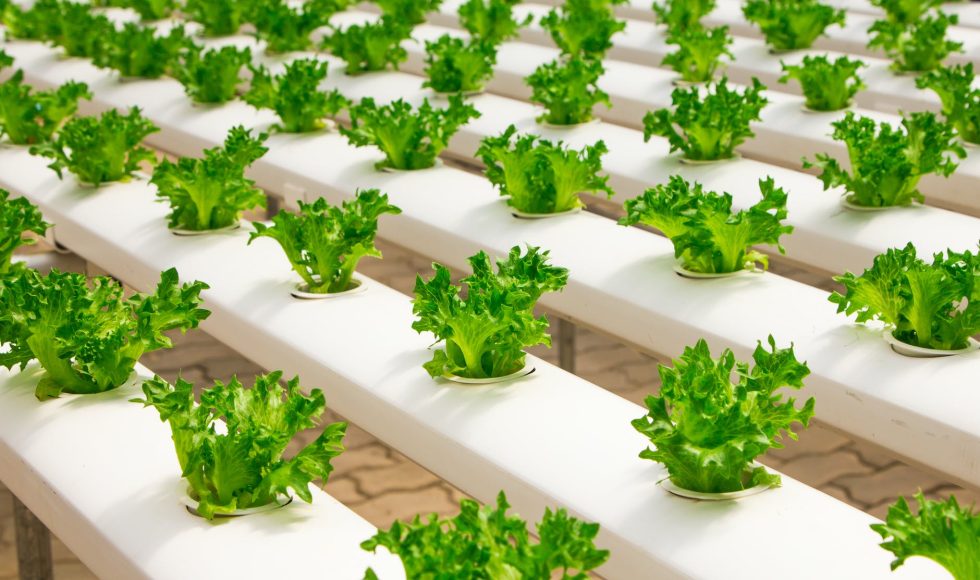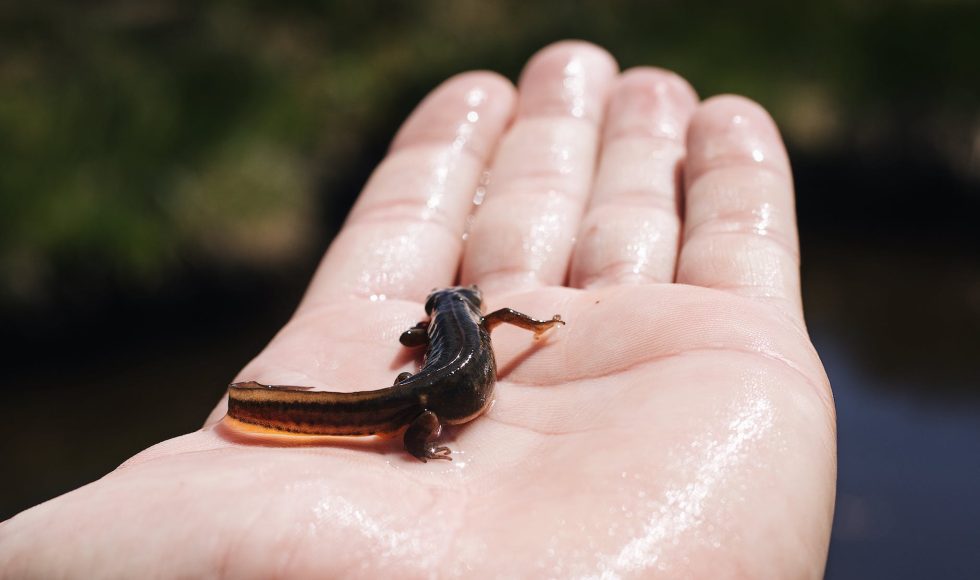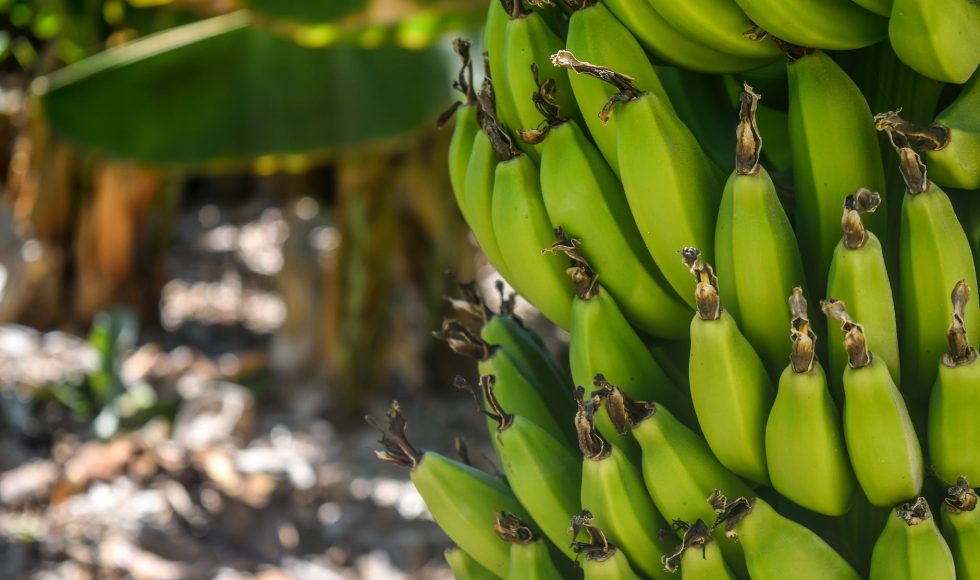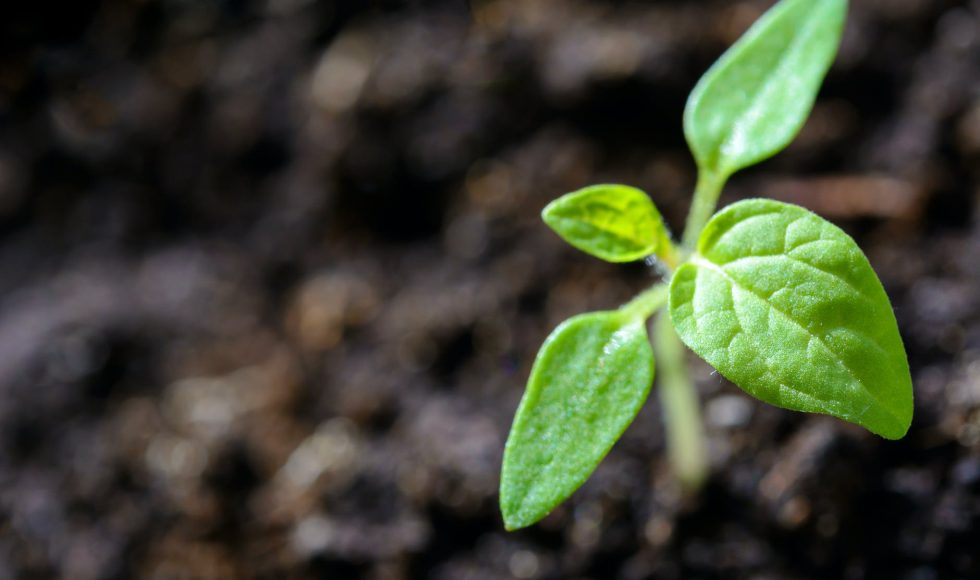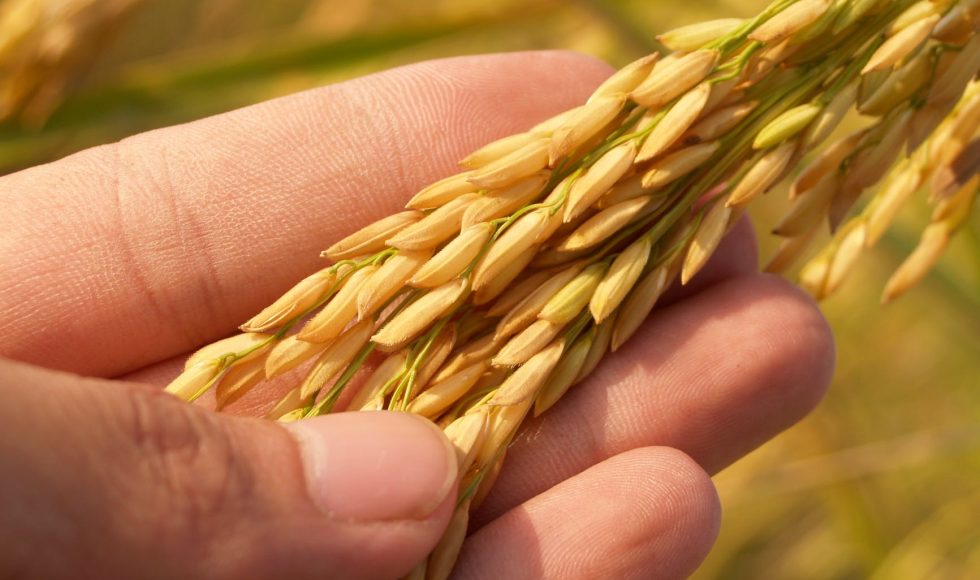I started watching the on-demand lighting talk recordings from London Calling 2023 tonight. I started with Camille Mumm’s session. Mumm is from the University of Michigan and presented on “Exploring the impact of mobile elements on Alzheimer’s disease using targeted long-read sequencing.”Mumm is also a graduate student (at the time of recording). They spoke about […]
Tonight, I watched a recording from the Nanopore Community Meeting 2021 featuring Alexander Wittenberg from KeyGene in the Netherlands. They presented “Accuracy improvements in crop genome assembly using the Q20+ chemistry.” KeyGene is a crop innovation company, and they are generating new tools for genome assembly and structural variant analysis, among other analyses. They built […]
I continue to watch the YouTube “Assembly” playlist from the Oxford Nanopore Technologies (ONT) channel. Tonight, I watched session #8! Ian Henderson from the University of Cambridge in the UK presented at the Nanopore Community Meeting 2021. The session was titled “Assembling the centromeres – the ‘black holes’ of the genome.” Henderson said the centromeres […]
Alaina Shumate from Johns Hopkins University was a speaker at the Nanopore Community Meeting 2021. Shumate was a graduate student and worked on “The annotation of novel genes in a complete human genome.” They noted that in 2003, scientists “finished” the human genome, but reions were still incomplete. In 2021, the Telomere-to-Telomere (T2T) Consortium was […]
Tomas Marques-Bonet from the Institute of Evolutionary Biology in Spain spoke about the Org.one project at the Nanopore Community Meeting in 2021. The title of the session was “ORG.one: a new program to promote sequencing biodiversity.” They spoke about the mass extinction of species and the need to preserve biodiversity. Marques-Bonet explained how biodiversity genomics […]
The London Calling 2021 session “CanSeq150: high-resolution genomic sequencing and assembly of 150 Canadian species” caught my attention today. Jahanshah Ashkani from Canada’s Michael Smith Genome Sciences Center was the speaker. The goal is to save Canada’s rich biodiversity by sequencing unique species. Loss of biodiversity is an issue: there are over 700 species at […]
Luca Degradi from the University of Milan in Italy presented at London Calling 2021 about “Chromosome-level genome assembly of Fusarium musae using MinION.” They described this organism as a “cross-kingdom pathogen” reported by the HUPLANTcontrol program in Europe. The organism can infect bananas and humans! The first infection seems to have been a human. At […]
Elizaveta Grigoreva from Saint Petersburg State Forestry University in Russia presented at London Callling 2021 on “Whole-genome assembly of guar (Cyamopsis tetragonoloba [L.] Taub.) by second- and third-generation sequencing approaches.” The guar plant is native to India, Pakistan, and the US. It is a legume used in the oil industry as a gelling agent in […]
Issa Diop from the University of Zurich in Switzerland presented at London Calling 2021 on “Chromosomal-scale assembly of the liverwort Marchantia paleacea.” Diop discussed chloroplasts and endosymbionts before introducing Marchantia as a model of plant evolution. Marchantia has a haploid-dominant life cycle with a genome size of 280 Mbp. There are eight autosomes and 1 […]
I am starting the Assembly playlist from ONT tonight. Francois Sabot from France’s French National Research Institute for Sustainable Development spoke at London Calling 2021. They described the pangenome as the differences between two individuals in their genomes. The shared part is called the core genome, and the non-shared components are called the dispensable or […]



